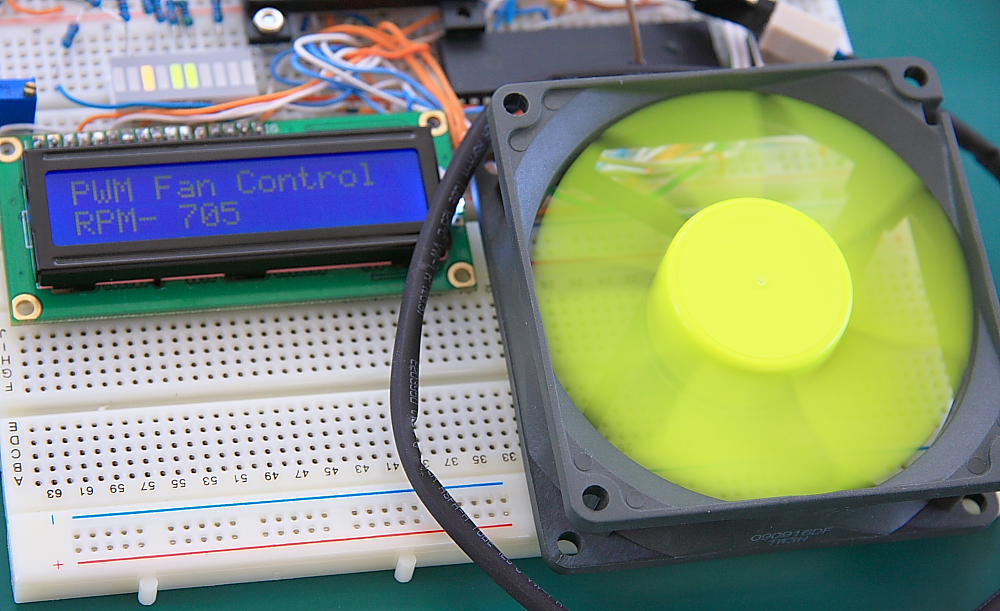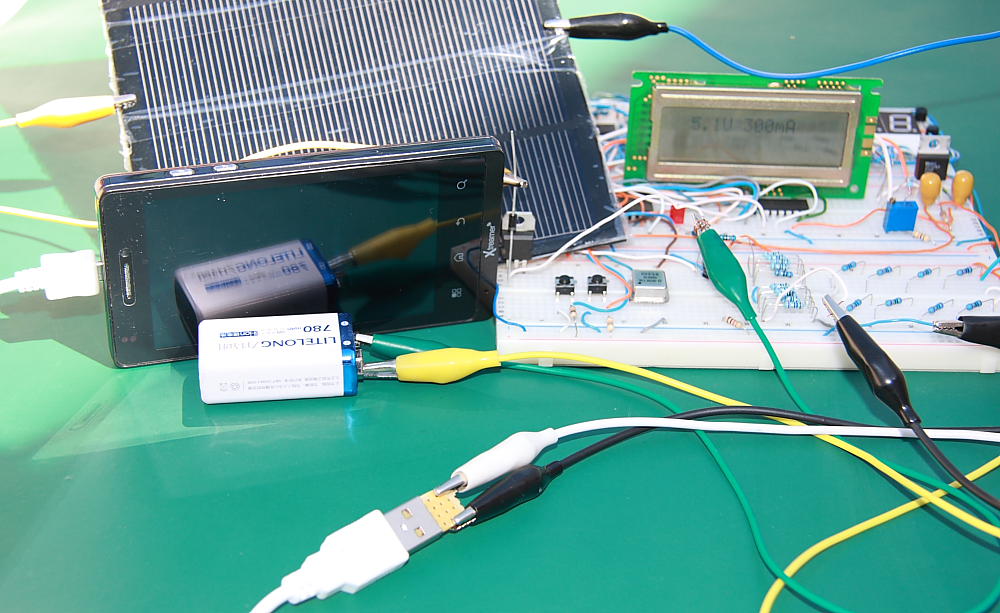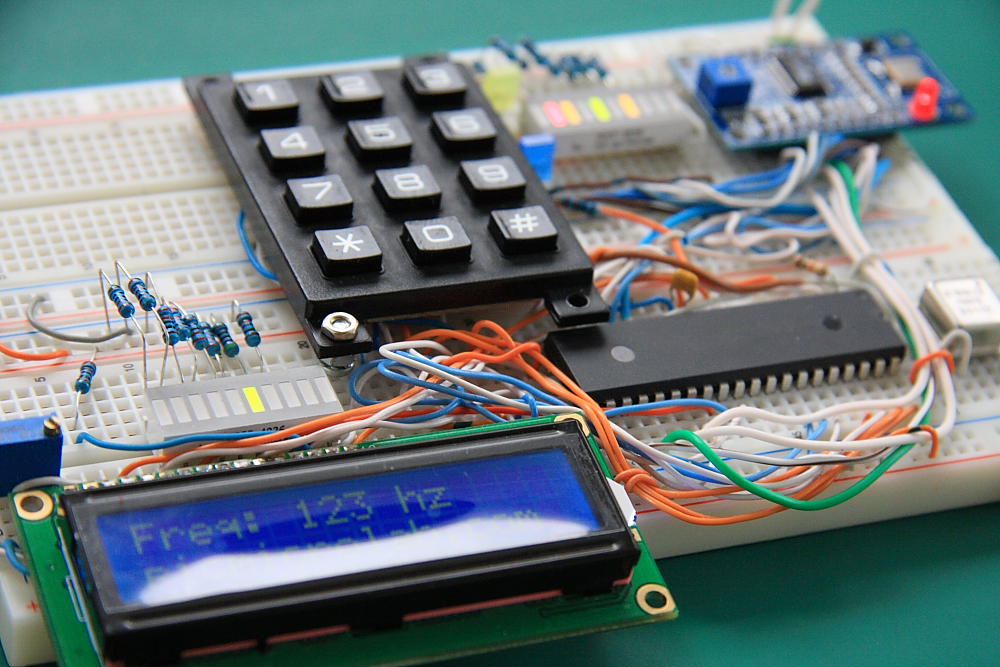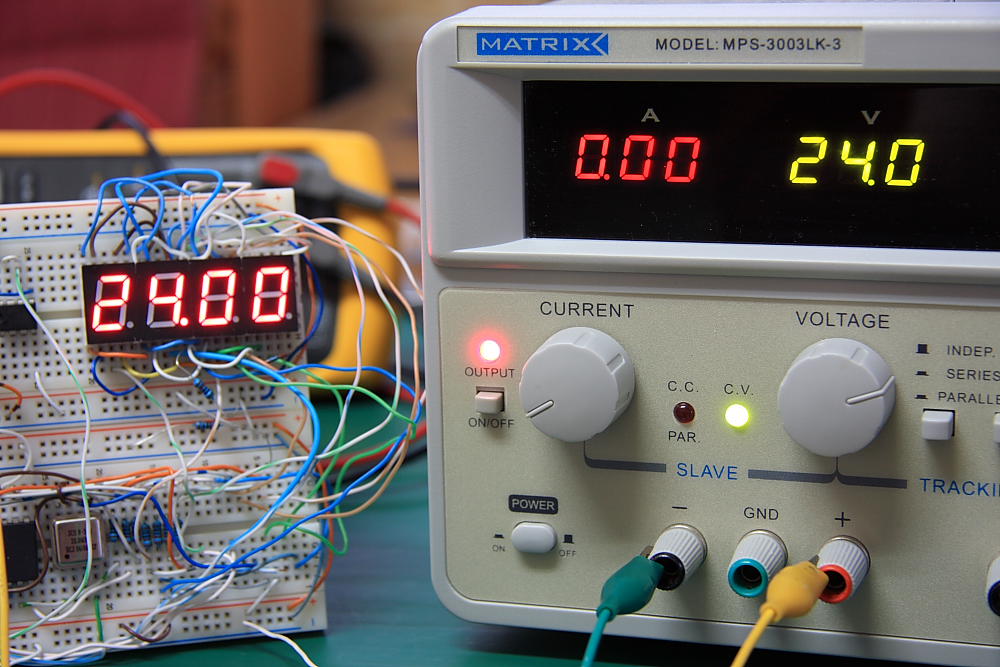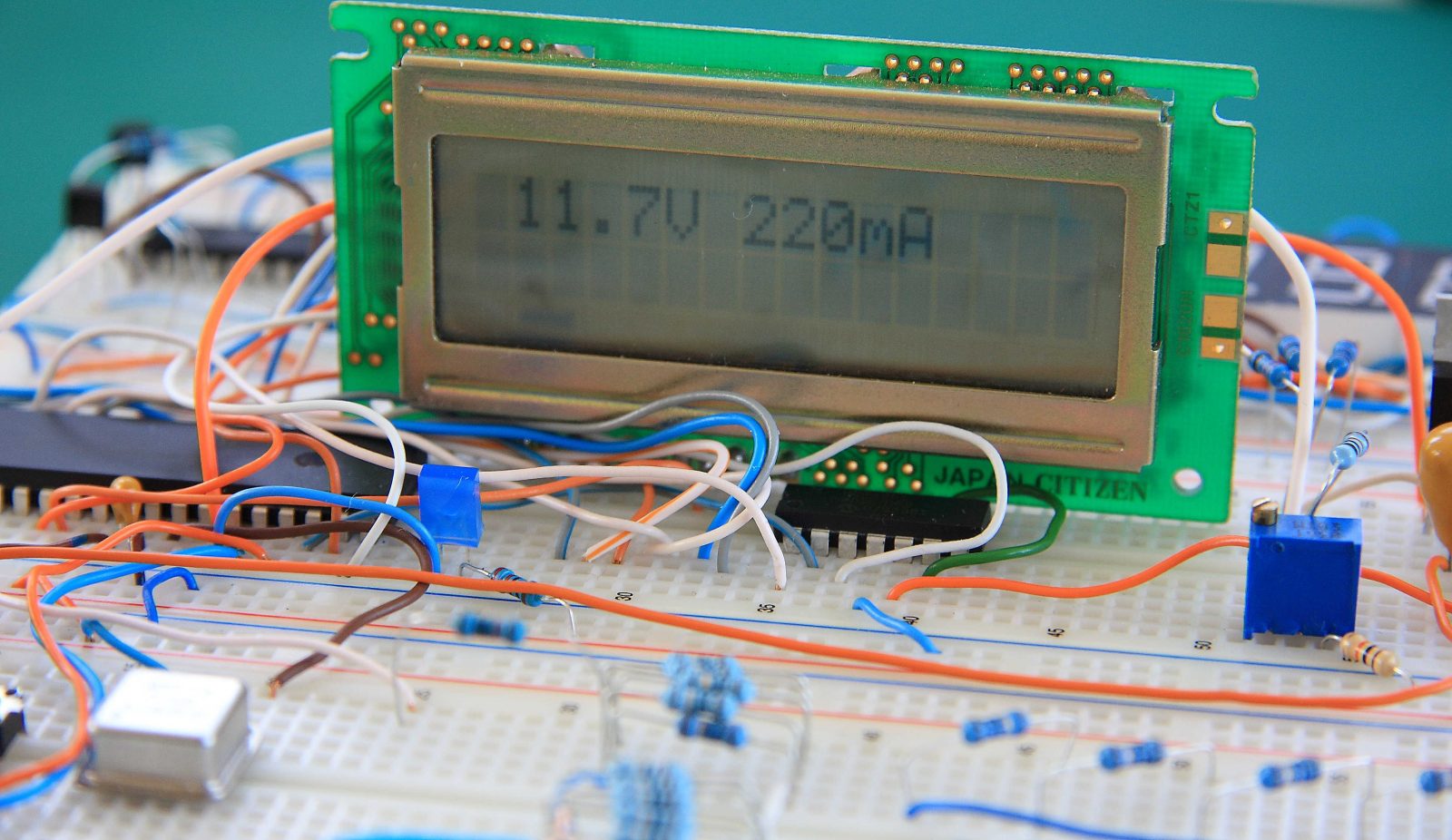PWM Fan Controller
Pulse Width Modulation (PWM) is very common technique for controlling cooling fan speed in Desktop PC. In this project PIC16F877A based Pulse Width Modulation controller was built and tested with 2 fans. 80 mm Coolink SWiF2-80P PWM Fan and Arctic Cooling F12 PWM 120 mm. These are 4 wire fans and their pinouts are shown in … Read more
